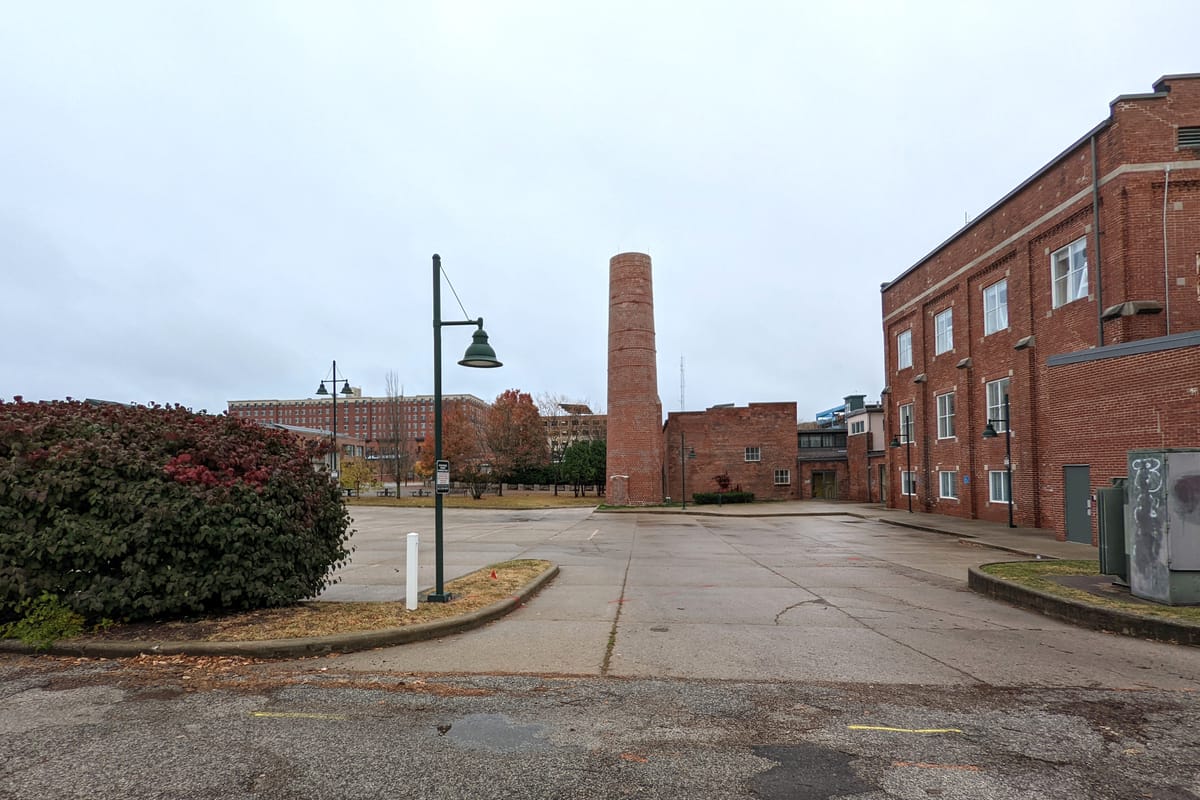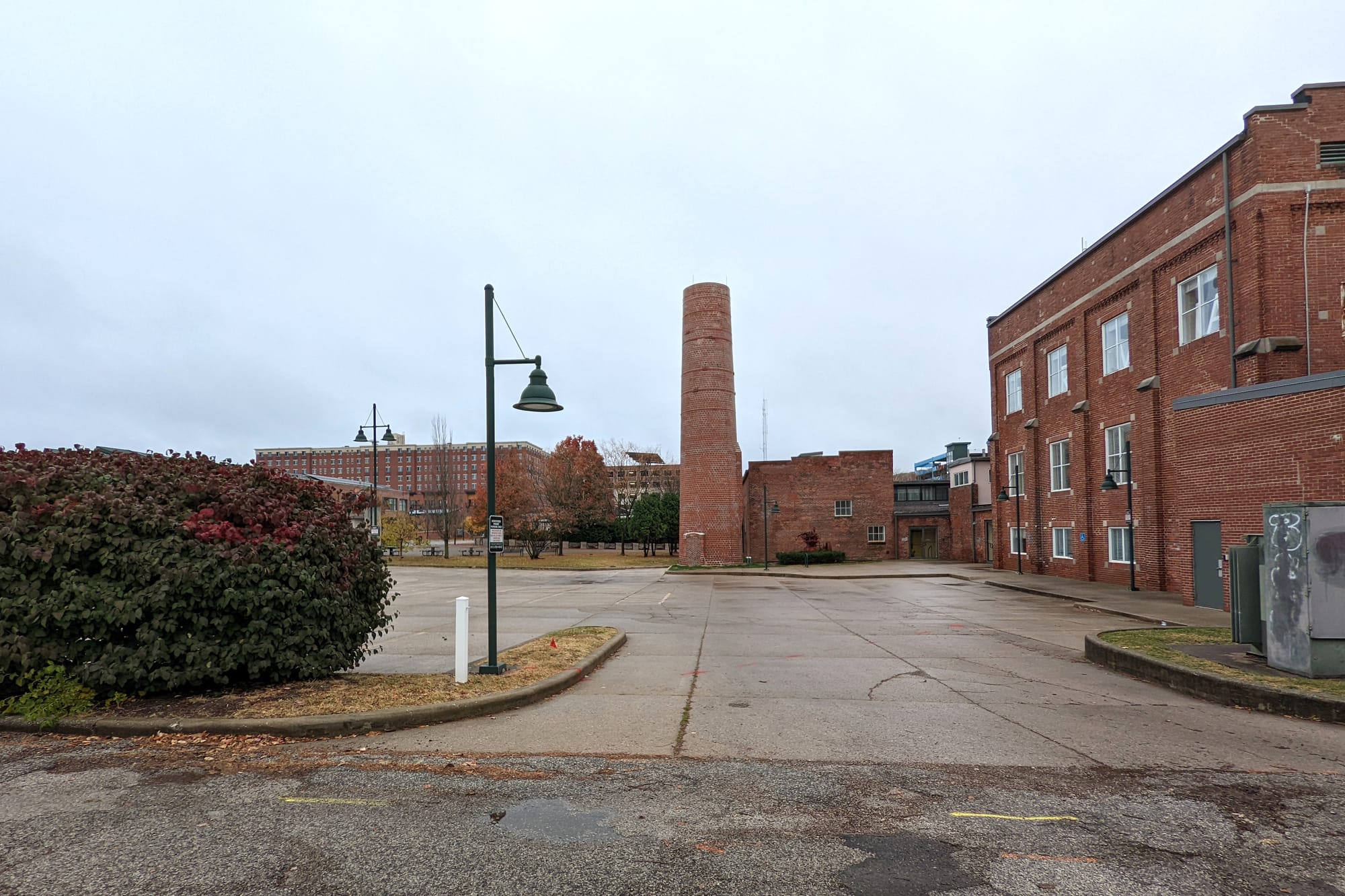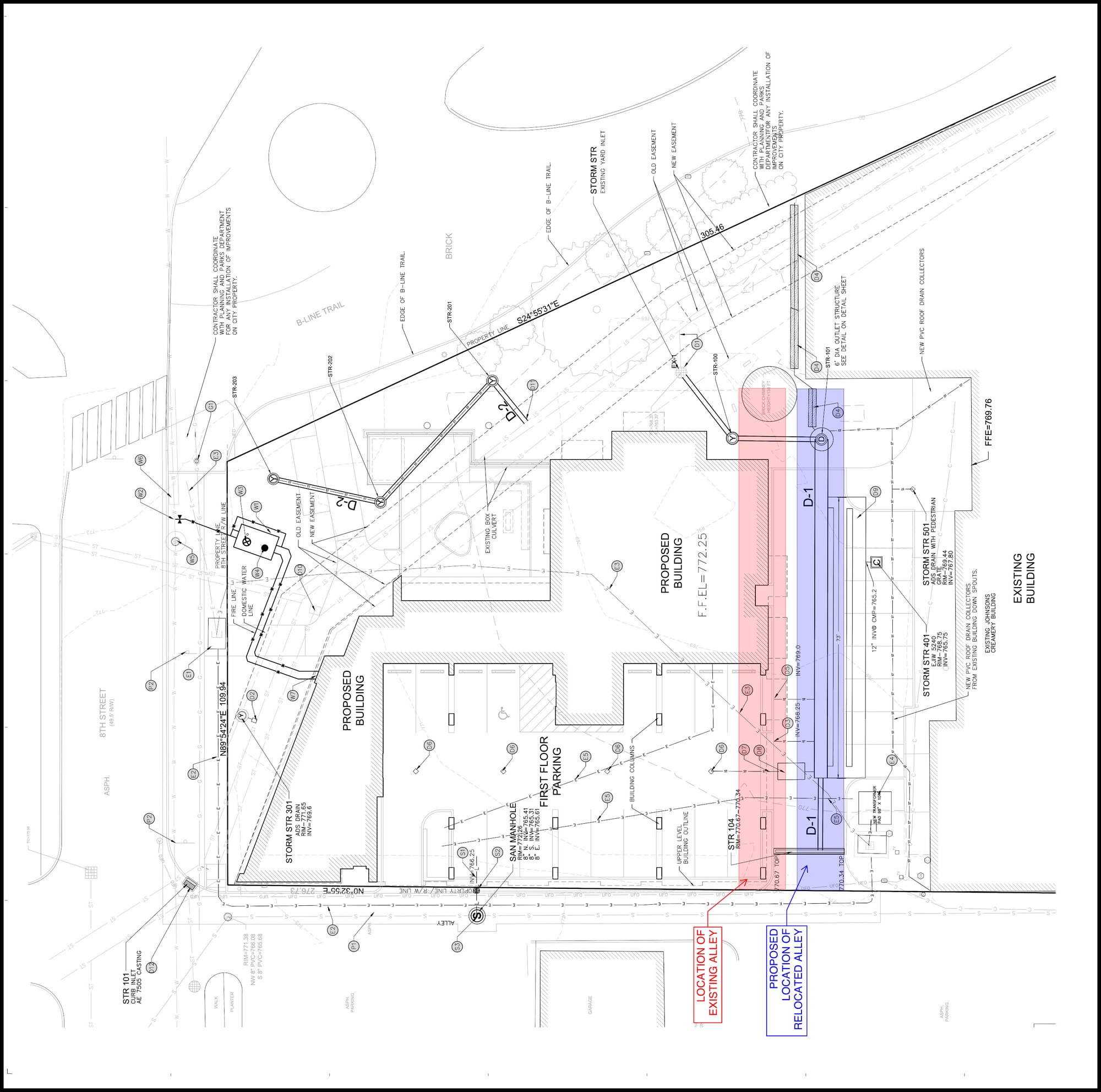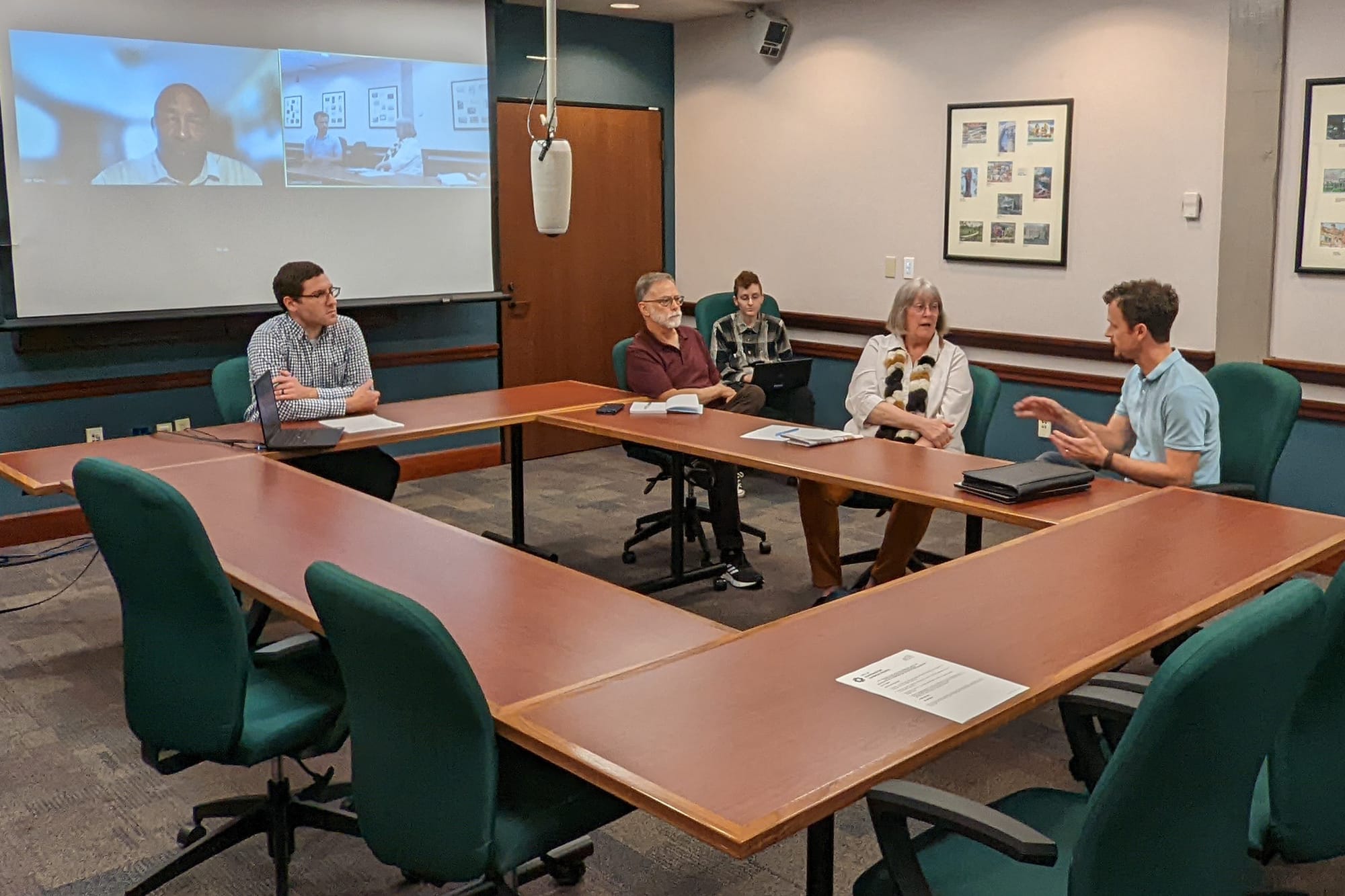New alley as part of swap at old Johnson’s Creamery likely won’t get city engineer’s support




A potential alley “swap” that would be crucial to construction of about 50 new apartments off 7th Street is a possibility that Peerless Development is still trying to sort out.
At its Wednesday meeting, Bloomington’s city council did not take up its part of the swap, which would be to vacate the existing east-west alley on the old Johnson’s Creamery parcel.
The new apartment building, to be built on the northern part of the parcel, which is now a parking lot, would encroach on the existing alley. That is why the Peerless wants the council to approve a vacation of that public right-of-way.
The reason the council took no action on Wednesday is that by the time the agenda item was reached, the hour had grown late, so the council declined to take up the question of an alley vaction.
That means the alley vacation won’t be considered until the council’s Nov. 16 meeting.
The other piece of the swap—the dedication of a new alley just south of the existing one—won’t be considered until Nov. 22, at a meeting of the board of public works.
For councilmembers whose support of an alley vacation is contingent on the eventual acceptance of a new alley dedication by the board of public works, the city council’s Friday noon work session added some complexity.
On Friday, city engineer Andrew Cibor told councilmembers that when it goes in front of Bloomington’s board of public works, the request that the board accept dedication of a new alley will likely get a negative recommendation from his department.
Cibor’s recommendation will be factored into the board of public works decision on accepting the new alley.
On Friday, Cibor sketched out a few reasons why he will likely recommend to the three-member board of public works that they not accept the dedication of a new alley just south of the location of the existing alley.
First, the underground stormwater detention facility that Peerless will construct, in order to meet a Bloomington UDO (unified development ordinance) requirement for its new apartment building, would sit under the new alley.
Cibor said that even though it will be underground, “We typically just don’t have private encroachments of that magnitude in public right-of-way.”
If the new alley were dedicated, the city would expect there to be an encroachment agreement, Cibor said. That agreement would require that if there were ever an issue that led to a need to remove the stormwater detention facility, that Peerless would be “on the hook” to remove it.
Even though Peerless has indicated a willingness to sign the agreement, Cibor said he’s not sure it would be possible actually to remove the stormwater detention facility, given that it’s required under the UDO for the building that is proposed for the northern part of the parcel.
The engineering department has other concerns, Cibor said, like the fact that the new alley is shown on the site plan as a private driveway entirely surrounded by Peerless property, but would become the responsibility of the city to maintain. The new alley would also be a dead-end alley.
City council president Susan Sandberg responded to Cibor’s briefing by saying the inclination of some councilmembers to support a vacation of the existing ally had been based on the idea of the city getting a benefit from a new alley. She put it like this: “Well, if a new location for the alley was actually a benefit to the city and possible future government, then we would consider it.” She characterized Cibor’s description of the underground stormwater detention facility as “significant.”
The timing of the council’s decision and the board of public works decision is a logistical challenge. Peerless does not want to give up any of its property by dedicating a new alley, without knowing for sure that the existing alley will be vacated. That’s why the council’s decision on an alley vacation is scheduled ahead of the board of public works consideration of the new alley dedication.
But some councilmembers could be in a bit of a conundrum, if they see their support of an alley vacation as contingent on the board of public works accepting a new alley dedication. If they vote for vacation, but the board of public works were to reject the new alley dedication, there is not a straightforward mechanism for the council to undo a vacation ordinance that has already been signed into law by the mayor.
To address that potential conundrum, the current proposal from Peerless is for the city council to vote on the alley vacation, but to withhold the official record of the vote, until the board of public works can have a chance to vote on the alley dedication.
If the board of public works were to deny the new alley dedication, then the alley vacation approved by the city council would become null and void, having not yet been officially recorded—at least according to the proposal from Peerless.
Under state statute, it’s the city clerk who has to present an approved ordinance to the mayor for approval.
It does not look like there’s a time frame set forth in the statue for the clerk to complete the task. But the statute does not appear to give the clerk an option of not presenting it to the mayor at all. And after an ordinance is signed by the mayor, the clerk has to “record it in a book kept for that purpose.”
One legal path that could be taken is for the clerk to present the mayor with the ordinance as required, but for the mayor to use the full 10 days allowed for his consideration, and to veto the ordinance, if the board of public works does not accept dedication of the new alley.
That’s an approach that would require the mayor and the council to act in concert.
The administration’s position has been that the city council should make the alley vacation contingent on a $250,000 contribution to the city to pay for public art commemorating the creamery’s smokestack. Since the city council last considered the alley vacation request, the smokestack has been demolished down to 60-feet under an unsafe building order from the city of Bloomington.
Some historical background to the situation includes the fact that Bloomington’s plan commission approved the site plan for the new 51-unit development in October 2021. But that approval was contingent on getting a greenlight from the city council for the vacation of the east-west alley—because part of the proposed new building would sit in the right-of-way.
The site plan approval given in 2021 would have expired on Oct. 18, but Peerless asked for, and received a one-year extension from the plan commission a couple of weeks ago at the commission’s Oct. 10 meeting.
After the council twice put off a vote on the alley vacation, in July Peerless pitched the idea of swapping the existing alley for a new one, just to the south.
Confronted with the pitch for an alley swap, the council voted in July to table the decision on a vacation, to give Peerless time to sort out the logistics of the timing—for approvals from the city council and the board of public works.
It’s only now that the matter has come back in front of the council.
The criteria for vacating public rights-of-way are ensconced in a resolution, approved by the city council in 1987. [Res 87-02] From that resolution, the criteria are:
1. Current Status – Access to Property: the current utilization of the right-of-way in question – as a means of providing vehicular or pedestrian access to private property, churches, schools, or other public places, for public utility or drainage purposes, or for other public purpose.
2. Necessity for Growth of the City:
a. Future Status – the future potential for public utilization, possible future need for the right-of-way due to future changes in land use;
b. Proposed Private Ownership Utilization – the proposed utilization of parcel in question if it reverts to private ownership, potential for increased benefit to the City under private ownership (does the proposed use contribute to the orderly growth of the City);
c. Compliance with regulations – the effect of vacation upon compliance with all applicable regulations: subdivision, zoning, access control, off-street parking (does the vacation present a non-compliance problem or hinder future compliance upon anticipated development or change of use?);
d. Relation to Plans – the relationship of vacation with the Master Plan, Thoroughfare Plan, Neighborhood Plans, or any special studies that might apply




Comments ()